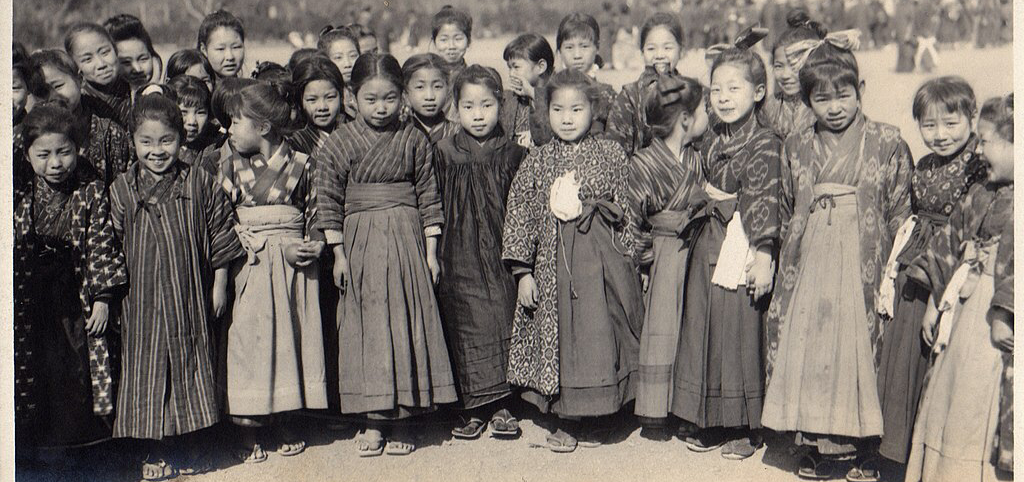The poem below, translated from Georgian, was written in 2018 in reference to conditions in Georgia. It was included in an email announcement from the Academy of American Poets.
As we get ready for the new academic year, I think of Afghan children and teachers, students and faculty. Things were already bad, but what will happen now?
Scholars at Risk has posted a petition calling for action to protect scholars in Afghanistan.
The Children of Beslan (To My Children)
Irakli Kakabadze
Today is the First of September and
As natural,
As the sun’s setting and rising,
The flowers’ budding and wilting,
The healing of open wounds,
And death.
This isn’t a school bell ringing,
It’s the bells of a church.
The mothers woke us up from our summer games,
But the fathers took our hands more sternly and
more proudly than never before.
The fathers left work for the market,
Carrying heavy bags and
All kinds of thoughts and rubbish
in their heads.
We left toys with wilted smiles on the beds,
Little sisters and brothers in the windows,
Grandmothers who had combed our hair and
Crossed us as we were leaving home,
To meet with God, or our first teachers.
Here, our empty, silent notebooks,
Here, our unopened books and flat, inanimate illustrations,
The red pens, which retain their strictness, but can’t express it,
A roster, read from the grade book with no answers,
Desks without purpose and
The boards, painted black,
On which is written our first, short history.
Here, our flowers for you, who
Were supposed to open the door of life’s wisdom for us,
But the flowers have chosen a better fate.
Again, light backpacks
Are hanging like crosses upon our weak shoulders and
White shirts—
Like sacrificial lambs, we make our way to the last class.
Don’t look at the road so often,
We won’t return from here,
We continued our summer games and
We are hiding behind September first.
Translated from the Georgian by Mary Childs

